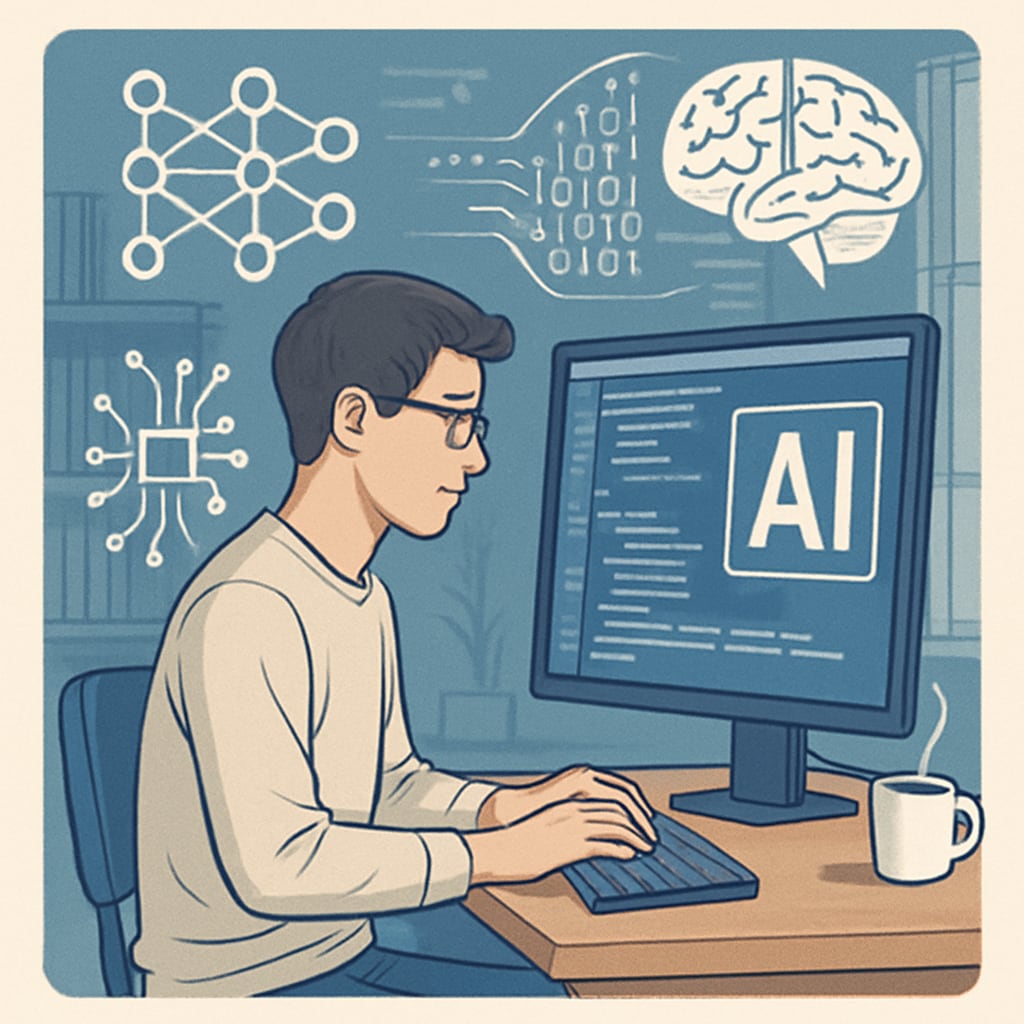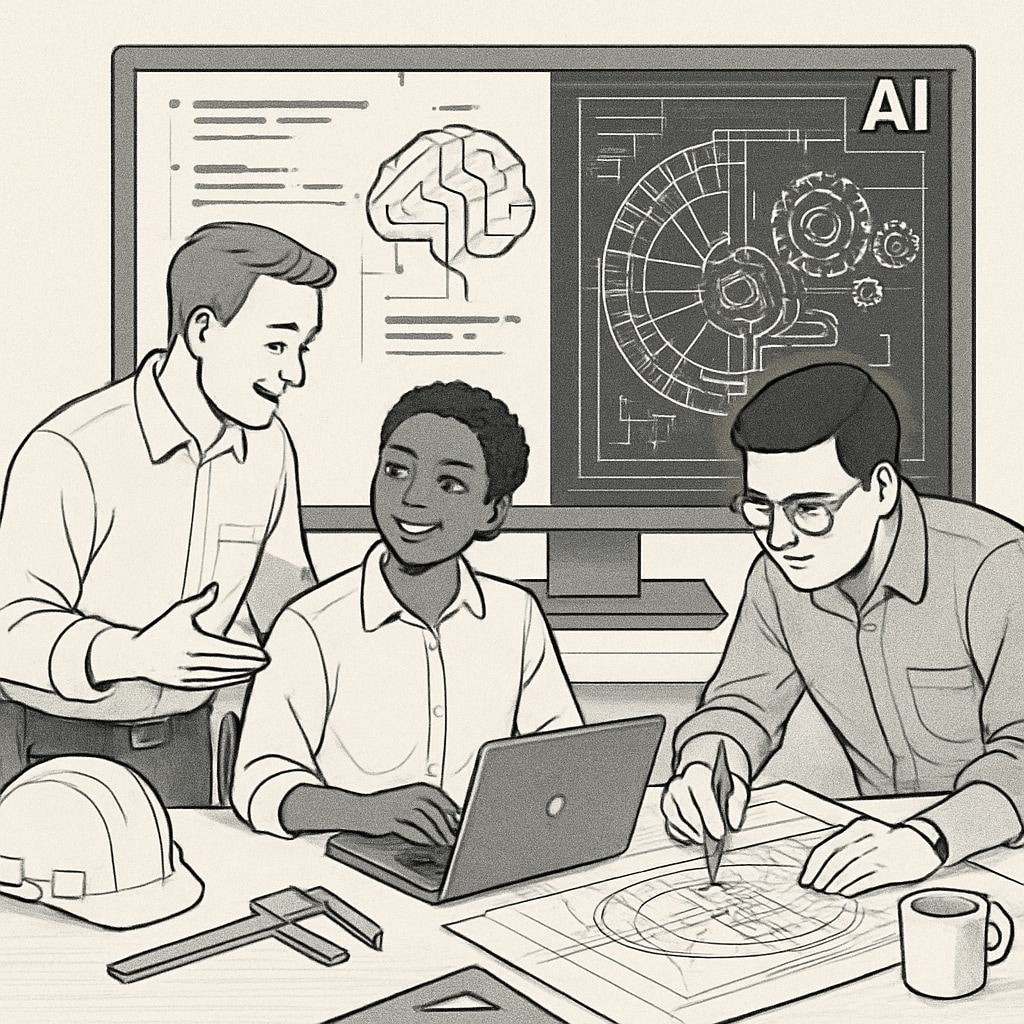The rapid growth of artificial intelligence (AI) has reshaped industries and created new opportunities, but it has also introduced uncertainty for young students. For middle and high schoolers considering future careers, the decision between becoming a programmer or an engineer is particularly daunting. Understanding the impact of AI on these professions is critical for making informed career choices.
The Impact of AI on Programming Careers
AI has significantly influenced the programming industry. Tools like AI-assisted coding platforms help developers write code faster and more efficiently. However, these advancements also raise concerns about job security. Will AI replace programmers, or will it enhance their work? The answer lies in understanding the evolving role of human programmers.
While AI can automate repetitive coding tasks, it lacks the creativity and problem-solving abilities of humans. For example, developing innovative software solutions, debugging complex systems, or designing user-friendly applications still requires human expertise. Aspiring programmers should focus on honing skills like critical thinking, algorithm design, and software architecture to stay relevant.

Engineering in the Age of AI
Engineering, a broad field encompassing disciplines like mechanical, electrical, civil, and software engineering, is also transforming due to AI. AI-driven tools are now used in designing infrastructure, optimizing manufacturing processes, and even developing autonomous vehicles. As a result, engineers must adapt to these changes by acquiring interdisciplinary knowledge.
For example, a mechanical engineer might need to understand AI algorithms to build smarter machines, while a civil engineer could use AI to predict structural weaknesses in buildings. The key to succeeding in engineering is flexibility and a willingness to learn new technologies. Additionally, strong fundamentals in mathematics, physics, and engineering principles remain indispensable.

How Students Can Make Informed Career Decisions
Given the transformative impact of AI, how can students choose between programming and engineering? Here are some practical steps:
- Assess Interests: Identify whether your passion lies in writing code, solving technical problems, or designing physical systems.
- Research Career Trends: Stay updated on industry trends to understand the skills in demand. AI’s Britannica page provides insights into its influence on various fields.
- Build Foundational Skills: Focus on subjects like mathematics, computer science, and physics, which are essential for both programming and engineering.
- Learn AI Basics: Even if you don’t want to specialize in AI, understanding its basics can give you a competitive edge.
- Seek Mentorship: Connect with professionals in programming and engineering to gain firsthand insights into their work.
Additionally, participating in coding bootcamps, robotics competitions, or engineering projects can provide hands-on experience. These activities not only build technical skills but also help students discover their true interests.
The Future of Work: Embracing Change
AI is not a threat but a tool that can amplify human potential. Both programming and engineering offer exciting opportunities for students willing to adapt and learn. The key is to embrace lifelong learning and remain open to change. For example, a software engineer today might need to learn about machine learning to stay competitive in the future.
As industries evolve, new roles will emerge. Careers like AI ethics specialists, robotics engineers, and data scientists are already gaining prominence. By staying informed and adaptable, students can navigate the uncertainties of the AI era and build fulfilling careers.
In conclusion, AI is shaping the future of programming and engineering, but it also offers vast opportunities for those who are prepared. By understanding their interests, building foundational skills, and embracing new technologies, students can make informed career choices and thrive in a tech-driven world.
Readability guidance: This article uses clear headings, short paragraphs, and a mix of text and lists to enhance readability. Transitions such as “however,” “for example,” and “in addition” ensure a smooth flow of ideas. Key points are summarized in lists to aid comprehension.


